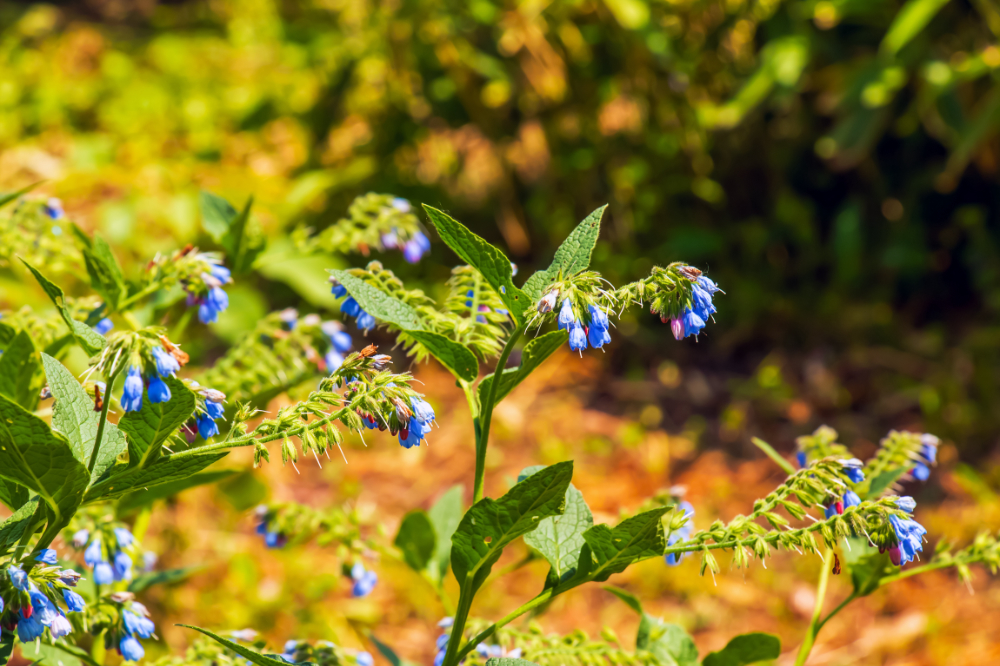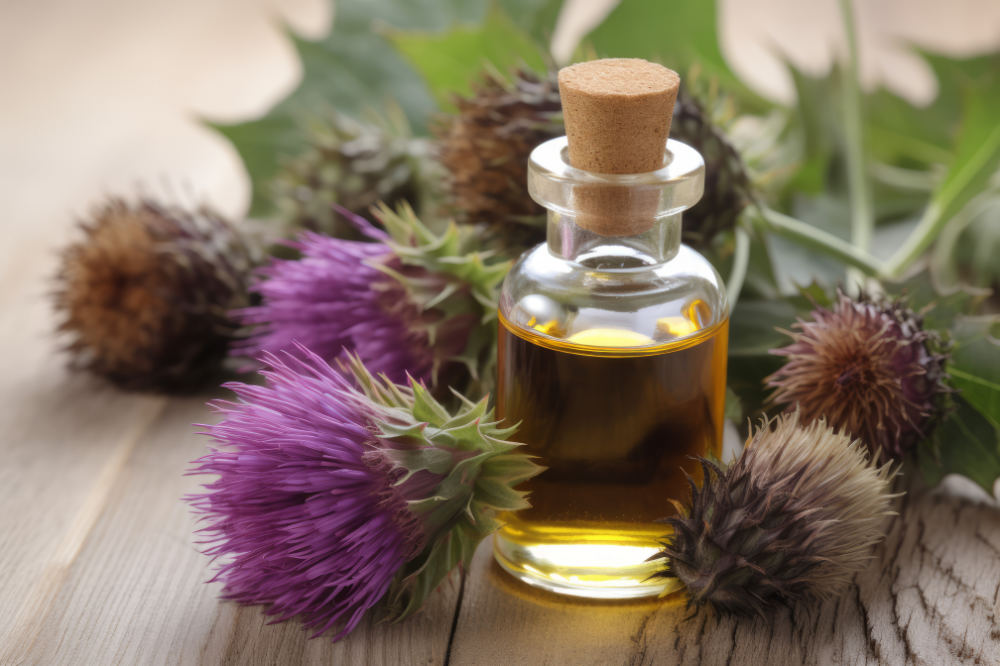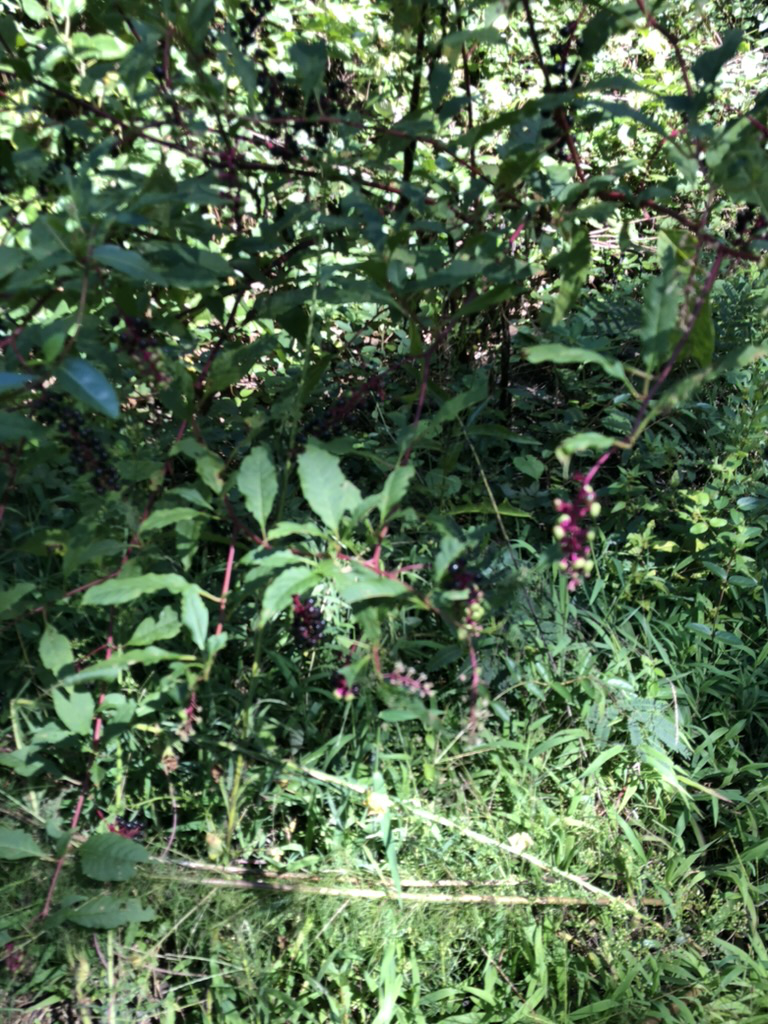Comfrey (Symphytum officinale) is a perennial herb that has been utilized for centuries due to its various uses and benefits. In this comprehensive article, we will explore the identification, cultivation, medicinal properties, and practical applications of comfrey.
Introduction to Comfrey:
Comfrey, also known as “knit-bone” or “boneset,” is a plant native to Europe and Asia but has become widespread across North America. It belongs to the Boraginaceae family and is characterized by its robust, hairy stems, and broad, lance-shaped leaves. The plant’s clusters of bell-shaped flowers can range in color from white to purple.
Identifying Comfrey:
- Leaves:
Comfrey leaves are large, coarse, and covered in bristly hairs. They are alternate, simple, and lance-shaped with a wrinkled texture. The leaves can grow up to a foot in length. - Stems:
The stems of comfrey are stout, hairy, and often have a reddish tint. They can reach heights of 2 to 3 feet. - Flowers:
Comfrey flowers form in clusters at the end of the stems. They are tubular and may be white, pink, purple, or blue. - Roots:
The plant has a deep taproot that is black on the outside and white on the inside.
Cultivation of Comfrey:
Comfrey is a hardy plant that is relatively easy to cultivate. It prefers well-drained soil and can thrive in full sun to partial shade. The plant is known for its rapid growth, making it an excellent addition to gardens or permaculture systems.
- Propagation:
Comfrey can be propagated through seeds, although it is more commonly done through root cuttings. Planting root cuttings ensures a faster establishment of the plant. - Soil Requirements:
Comfrey prefers nutrient-rich soil. It is often used as a dynamic accumulator, pulling up nutrients from the deeper soil layers and storing them in its leaves. - Watering:
While comfrey is drought-tolerant, consistent watering is beneficial, especially during dry periods. Adequate moisture promotes vigorous growth.

Medicinal Uses of Comfrey:
Comfrey has a long history of medicinal use, dating back to ancient times. The plant contains various compounds, including allantoin, rosmarinic acid, and tannins, which contribute to its healing properties. Known as a “cure-all” herb for many things, such as consumption, wounds, and ulcers. Also known to relieve arthritis and asthma in the past according to H.E. Kirshner, an American physician who wrote several books.
This herb was also used as a food during the Irish Potato Famine.
- Wound Healing:
Comfrey has been traditionally used to promote the healing of wounds, bruises, and sprains. The allantoin in comfrey is known for its cell-regenerating and tissue-repairing properties. - Anti-Inflammatory Effects:
Comfrey possesses anti-inflammatory properties, making it valuable for conditions such as arthritis and other inflammatory joint issues. - Skin Conditions:
Comfrey salves or creams are often used topically for skin conditions like eczema and psoriasis. The herb’s soothing properties can alleviate itching and promote skin regeneration. - Bone Health:
Its nickname “knit-bone” suggests comfrey’s historical use in supporting bone health. It is believed to aid in healing fractures and strengthening bones. - Respiratory Issues:
Comfrey has been used to address respiratory ailments. Its mucilage content can help soothe irritation in the respiratory tract.
Cautions and Considerations:
While comfrey has notable medicinal benefits, it’s crucial to approach its use with caution:
- Internal Use:
Internal use of comfrey has been a topic of debate due to potential liver toxicity associated with pyrrolizidine alkaloids. It is advisable to avoid ingesting comfrey. The FDA banned it’s use internally.
Doctors in the past have made use of the benefits of Comfrey. In his book Nature’s Healing Grasses, Dr Kirschner mentions uses of comfrey by healers and doctors in the past for ulcers, setting bones, open sores, bloody stool, and mucus. He used fresh comfrey and dried roots in his smoothies and on food for his patients.
- External Use:
External use is generally considered safe, but it’s essential to use comfrey preparations in moderation. Prolonged use or excessive concentrations may lead to skin sensitivities.
In Dr Kirschner’s book there was even a mention of a severe breast cancer that rapidly healed by applying a poultice of comfrey. Unfortunately he was summoned to the patient too late and the cancer had already spread throughout the body and so the patient was lost.
- Pregnancy and Nursing:
Pregnant or nursing individuals should avoid comfrey due to the potential risks associated with pyrrolizidine alkaloids.
Practical Applications of Comfrey:
Beyond its medicinal uses, comfrey has various practical applications in gardening, agriculture, and sustainable living.
- Comfrey as Fertilizer:
Comfrey is a dynamic accumulator, meaning it draws nutrients from the soil into its leaves. These nutrient-rich leaves can be used as mulch or compost, providing a natural fertilizer for plants. - Comfrey Tea for Plants:
A comfrey tea can be made by steeping comfrey leaves in water. This nutrient-rich tea is an excellent organic fertilizer that can boost plant growth and improve soil health. - Livestock Feed:
Comfrey can be used as fodder for livestock, providing a nutritious supplement. Its high protein content makes it a valuable addition to the diet of animals such as chickens and rabbits. - Permaculture Integration:
Comfrey is often integrated into permaculture systems, where its deep roots help mine nutrients from the soil. The plant’s leaves can be cut and used as a mulch around fruit trees and other perennial plants.
Conclusion:
In conclusion, comfrey is a versatile and valuable herb with a rich history of traditional uses. From its identification and cultivation to its medicinal properties and practical applications, comfrey offers a range of benefits for both personal and agricultural use. However, it is essential to exercise caution, particularly regarding internal use, and to be aware of potential risks associated with certain compounds found in the plant. Whether you’re a gardener, herbalist, or someone interested in sustainable living, comfrey has much to offer in enhancing both personal well-being and environmental health.
reference:
https://www.thenews-messenger.com/story/news/2021/04/07/master-gardener-comfrey-forgotten-herb/7103712002/




